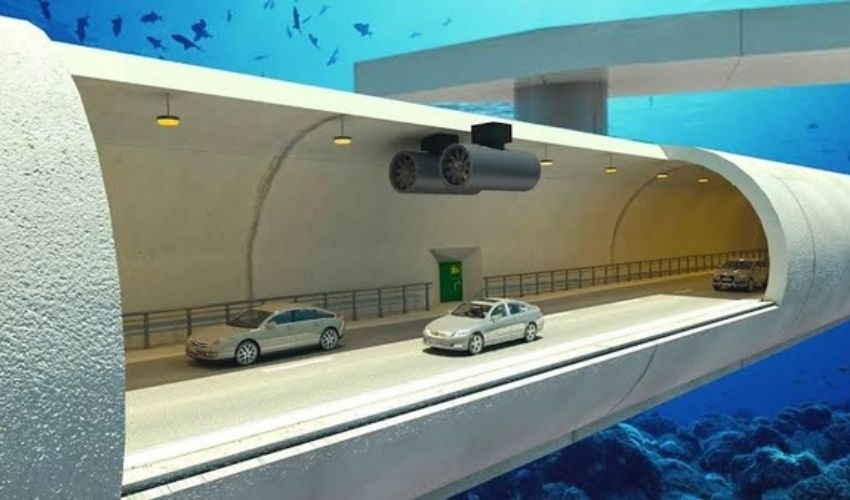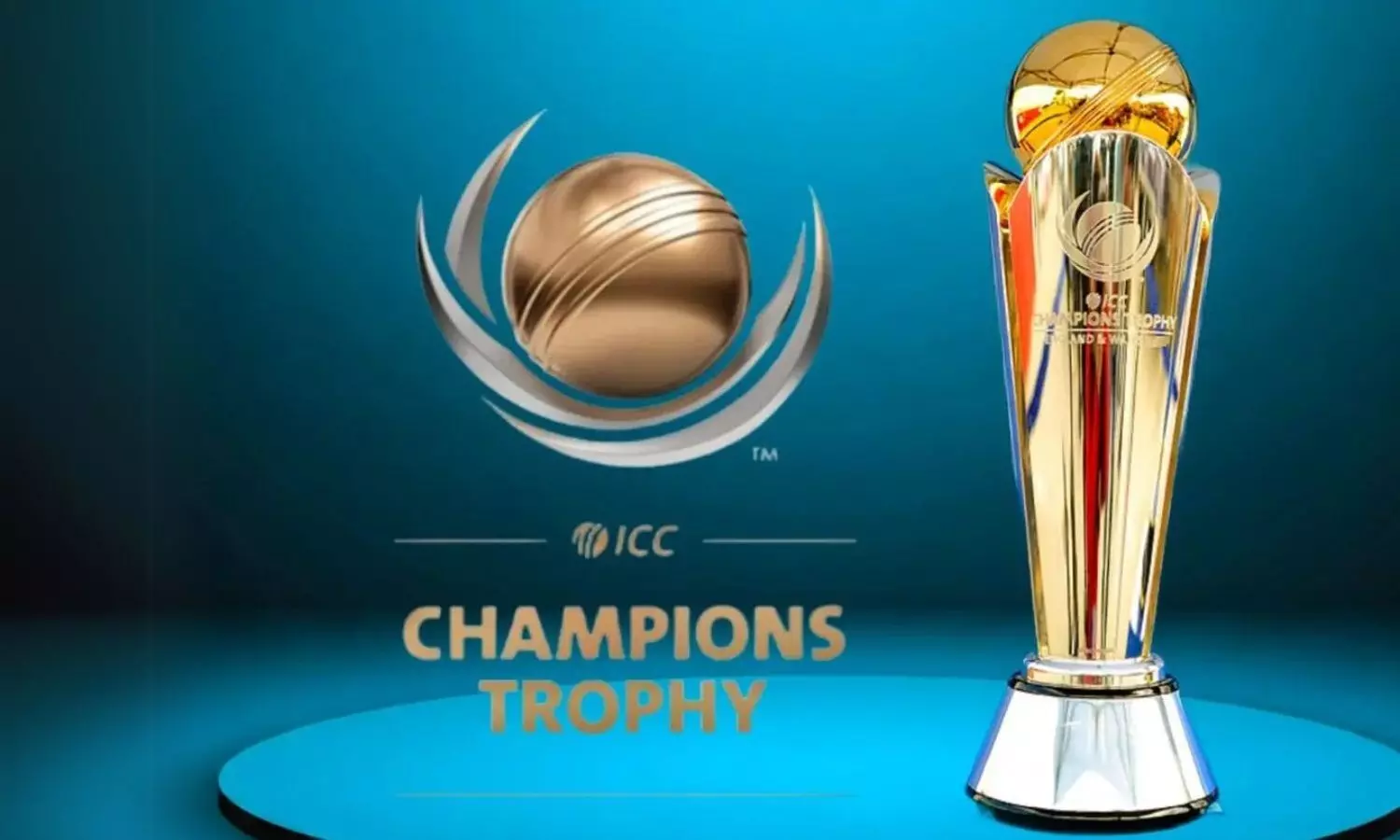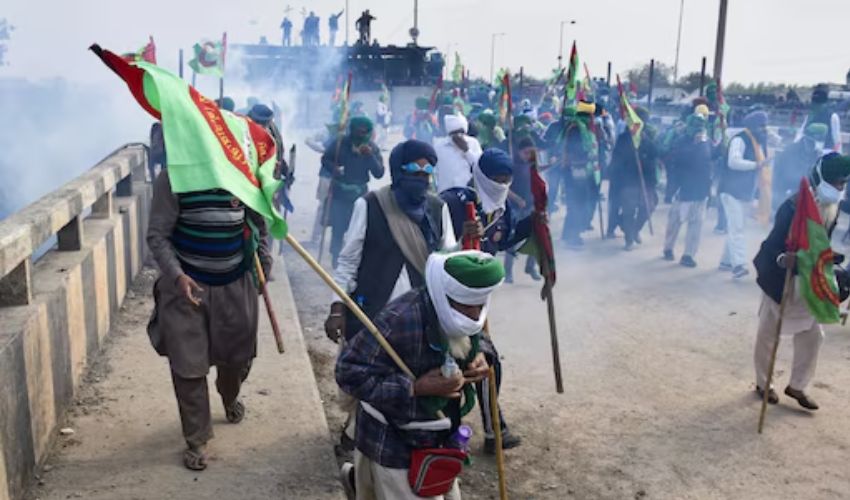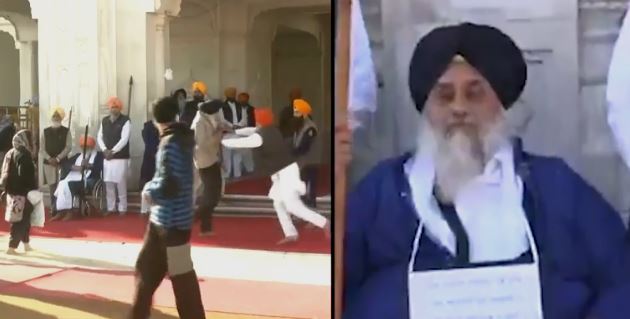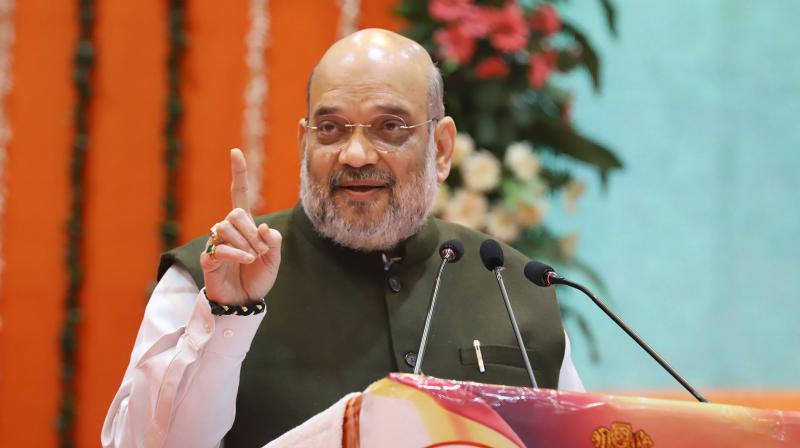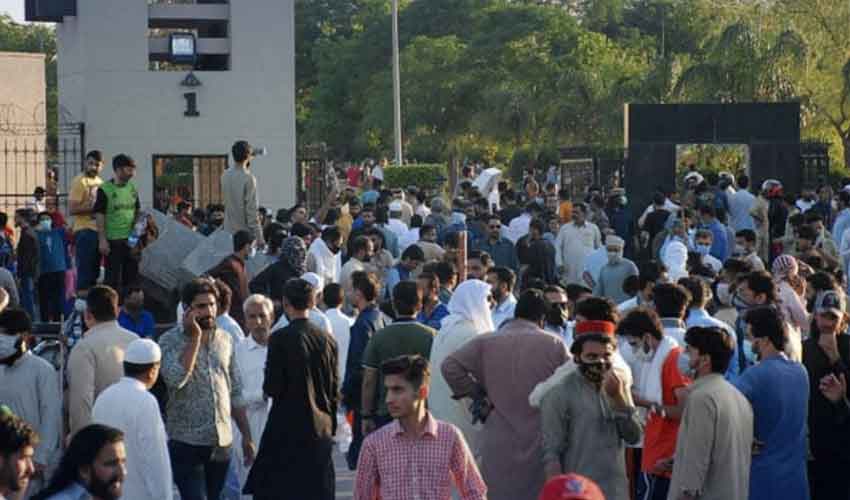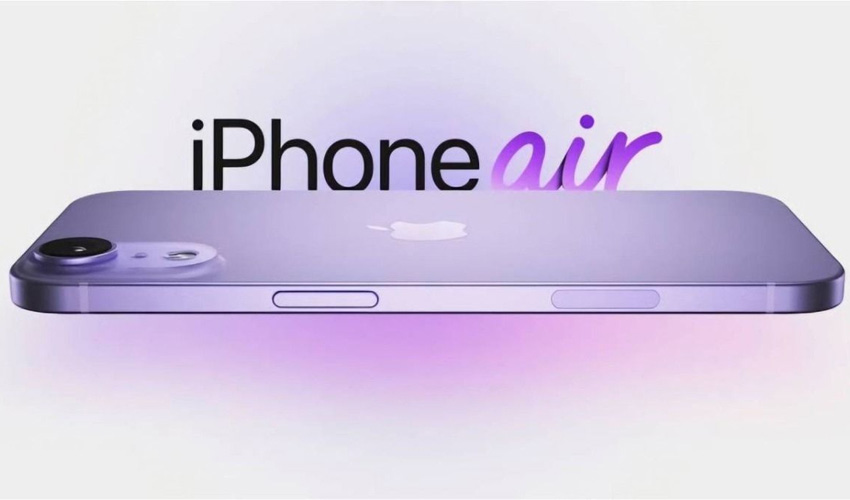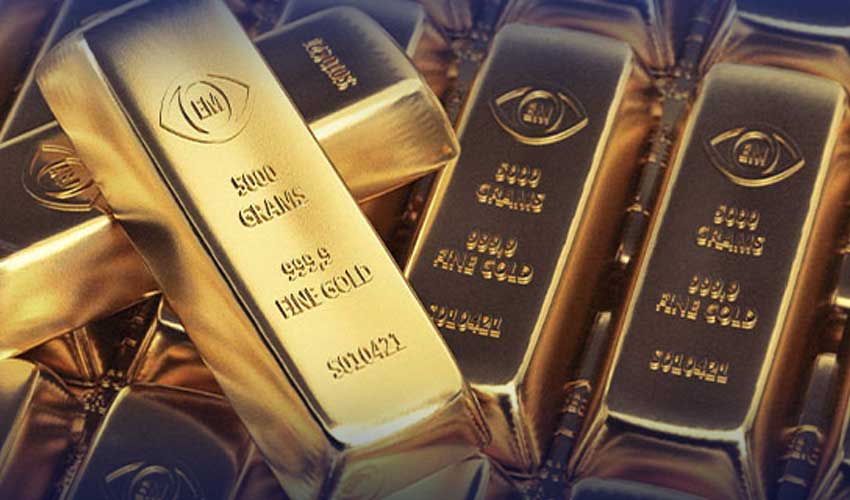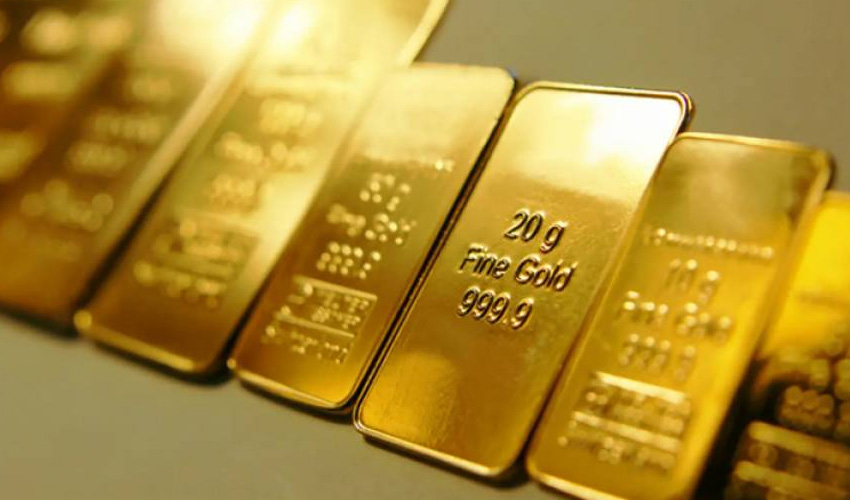India's first undersea tunnel -- the coastal road tunnel in Mumbai -- is showing evidence of seepage. The tunnel has been in use only for less than three months. The twin tunnels with a diameter of 12.19 metres -- only one side of which is currently open -- run 17 to 20 meters below the sea level.
On March 11, one side of the coastal road was opened to traffic and more than 7 lakh vehicles have travelled through the route so far.
The seepage apparently became visible on Sunday morning and videos of it have since been widely shared on social media, triggering safety concerns ahead of monsoon.
It is still not clear what caused the leakage in the tunnel. The matter is being investigated.
Maharashtra Chief Minister Eknath Shinde, who visited the spot, said he got the news yesterday.
"I immediately called the commissioner. There is leakage at two-three places". The authorities, he said, has spoken to experts and there is "no threat to the original structure".
"It will be filled using specific technology and we will find a permanent solution. Passengers will not face any problems. There will be no water here during the rainy season," he added.
On April 10, water had entered the pedestrian underpass of Haji Ali Coastal Road, which had unleashed a flood of criticism against the Mumbai civic body Brihanmumbai Corporation.
The Coastal Road -- part of the city's masterplan developed in 1967 -- was inaugurated by Chief Minister Eknath Shinde and his Deputies, Devendra Fadnavis and Ajit Pawar. The second phase of coastal road will be opened by June 10, Mr Shinde has said.





